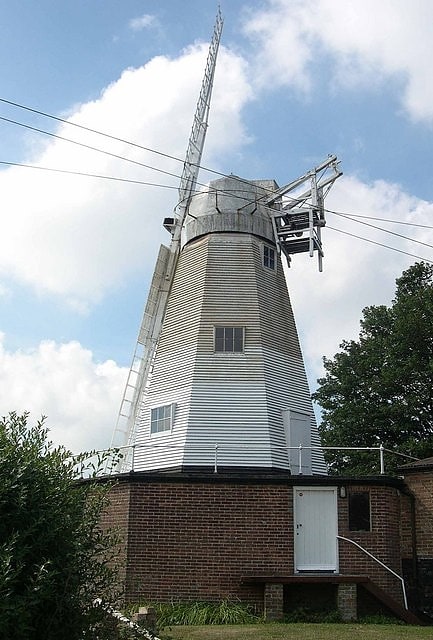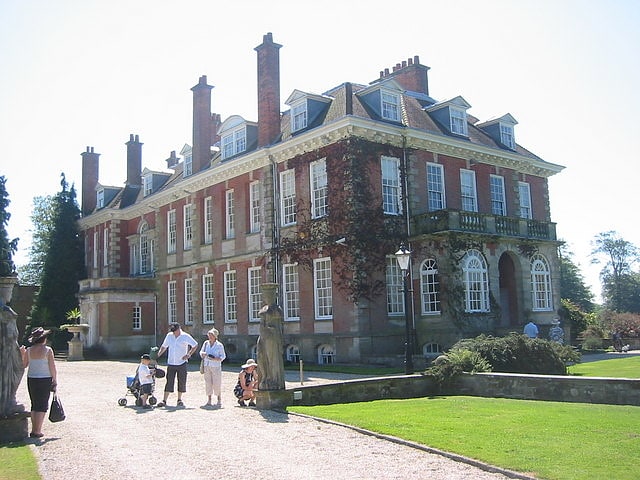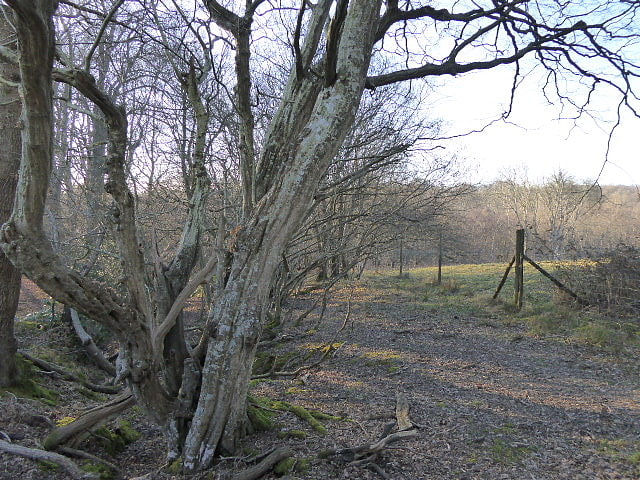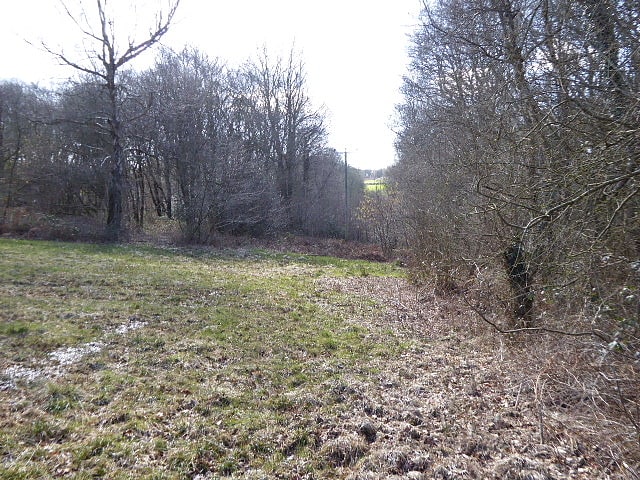Discover 8 hidden attractions, cool sights, and unusual things to do in Heathfield (United Kingdom). Don't miss out on these must-see attractions: Blackdown Mill, Heathfield Park, and Heathfield Park SSSI. Also, be sure to include Horam Chapel in your itinerary.
Below, you can find the list of the most amazing places you should visit in Heathfield (England).
Table of Contents
Blackdown Mill

Mill in England. Blackdown Mill or Cherry Clack Mill is a grade II listed smock mill at Punnetts Town, East Sussex, England, which has been restored.[1]
Heathfield Park

Park in England. Heathfield Park is an English country house and walled park in the village of Old Heathfield in East Sussex.[2]
Heathfield Park SSSI

Heathfield Park SSSI is a 41-hectare biological Site of Special Scientific Interest east of Heathfield in East Sussex. It is part of Heathfield Park, a Grade II* listed building and park.
This is a steep valley carved by a stream. The sheltered wooded habitat has a warm and moist microclimate and it has a number of plant species usually restricted to western Britain, such as Cornish moneywort, hay-scented buckler-fern and the liverwort Frullania tamarisci. The site is also important for lichens and 76 species have been recorded.
The site is private land with no public access.[3]
Horam Chapel

Church
Address: High St, TN21 0ER Heathfield
Sapperton Meadows

Sapperton Meadows is a 14.7-hectare biological Site of Special Scientific Interest south of Heathfield in East Sussex.
These poorly drained hay meadows and rich pastures are managed by traditional techniques. The flora is diverse, with species such as dyer’s greenweed, lesser spearwort and fleabane. There is an extensive network of hedges which are probably old as they have many native trees and shrubs.
The site is crossed by footpaths.[4]
Bingletts Wood

Bingletts Wood is a 16-hectare biological Site of Special Scientific Interest east of Heathfield in East Sussex.
Part of this ancient wood is a steep sided valley which has a warm and moist microclimate and it is rich in mosses and liverworts. A woodland glade has two ponds which support white water lily and several species of pondweed.
The site is private land with no public access.[5]
Waldron Cutting

Waldron Cutting is a 0.2-hectare geological Site of Special Scientific Interest in East Sussex. It is a Geological Conservation Review site.
This site exposes siltstones and fine sandstone of the Ashdown Formation, dating to the Early Cretaceous between 140 and 100 million years ago. It has one metre long fossils of Lycopodites plants in life position.
This very small site is on both sides of a public road.[6]
Paines Cross Meadow

Paines Cross Meadow is a 3.7-hectare biological Site of Special Scientific Interest north-east of Heathfield in East Sussex.
This site is damp meadow on heavy clay with some areas of peat around springs. There are diverse invertebrates, including great green and dark bush-crickets and common blue and gatekeeper butterflies.
The site is private land with no public access.[7]